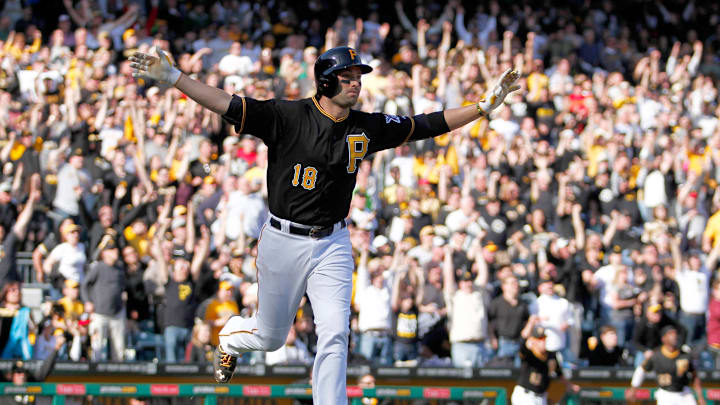Baseball players change positions quite often, and the Pittsburgh Pirates have seen their fair share of players move positions
Baseball players move around positions quite often. Most of the time, young players are drafted at a premium position, such as center field or shortstop, and moved elsewhere. Late into players' careers, you'll see guys move to less physically demanding positions like first base. This happens plenty of times, and today I want to take a look at six times a Pittsburgh Pirates player has moved positions.
This could have been a change throughout the minor leagues or in the majors. However, they had to make a significant change, so, for example, Bryan Reynolds moving from left field to center field would not make the list. I am also not considering utility men like Josh Harrison and Adam Frazier, as they play multiple positions without moving from one defined position to another defined position.
Let's look at our first player with that out of the way.
Bill Mazeroski - Shortstop to Second Base
Most major league second baseman can trace their roots back to playing shortstop, either as an amateur or very early on in their pro careers. The best defensive second baseman of all time is Bill Mazeroski. In 1954 when Mazeroski was in just his age-17 season, he lined up at shortstop 93 times. But '54 was the last time he would ever play shortstop again.
Mazeroski fully transitioned to second base in 1955 and never looked back. With Dick Groat on hand, who was a defensive standout at shortstop, the Pirates had to put Mazeroski somewhere, so they shifted him over to the keystone. Throughout his major league career, Mazersoki would rack up +148 total zone runs, the most by a second baseman and one of just 56 players to reach the 100+ mark. He also had a +24 defensive WAR, which is the 24th most of all-time, and is one of 52 players to reach the 20+ threshold.
Maz wasn't much of a hitter, though. He batted just .260/.299/.367 with an 84 OPS+/82 wRC+. That means he was about 18-16% worse than the league average hitter of his era. But no one will forget his 1960 World Series game-winning home run. It's one of the most iconic baseball moments.
The transition from shortstop to second base happens to nearly every second baseman. But Mazeroski had the best shift defensively. Aside from a few innings at third base at the very end of his career, Mazersoki spent nearly every single game of his Major League career at the keystone. It would have been interesting to see how Maz would have been as a shortstop. He may have had trouble making some of the deeper throws from the position, but he had the range.
